Pioneering Role in Bavaria: WACKER’s Environmental Department Celebrates Its 50th Anniversary
Burghausen, Jun 28, 2024
It’s all about air, water and soil. It’s also about minimizing the environmental impact of the largest chemical plant in Bavaria, complying with critical limits, while making constant improvements and still being economical. A mammoth task that WACKER’s environmental department has been doing for 50 years now. July 1 marks the department’s milestone birthday, celebrating half a century of success stories and innovation.
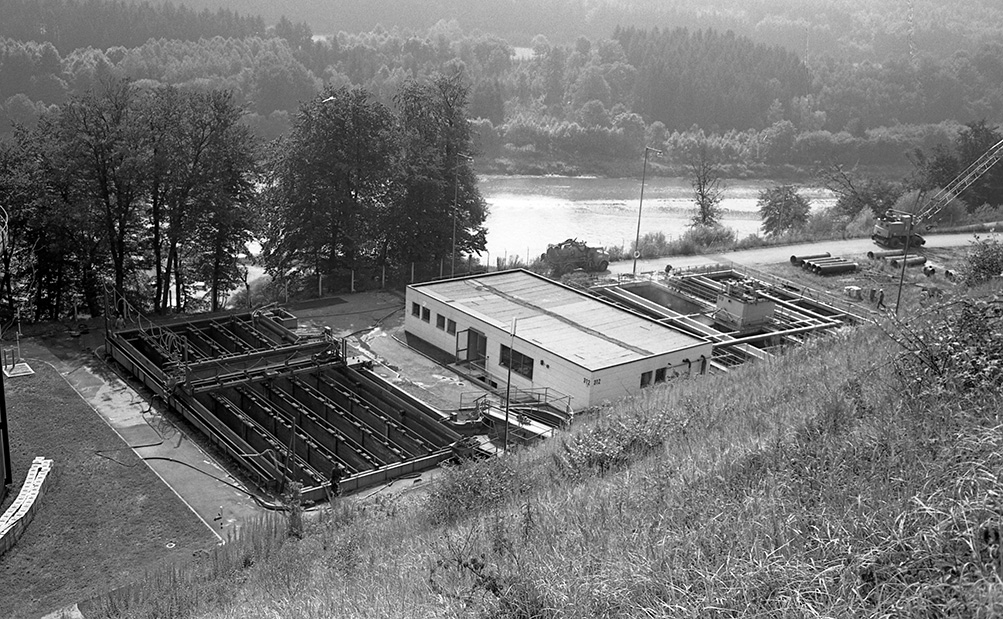
A look at WACKER’s history shows that environmental protection has a long tradition at the company. After all, environmental protection was put into practice as soon as the company was founded. As early as 1916, the year the Burghausen plant was commissioned, precise records were kept of the industrial water being discharged. A year later, plant management formulated specific rules to prevent pollution of the Salzach river and had the site’s first wastewater-treatment plant built. The principle of recycling was first introduced in 1922. At that time, a flue-gas treatment system was put into operation in the acetic ether plant to recover the acetic ether fumes.
Environmental protection was significantly expanded at the Burghausen plant during the 1960s. Among the many measures taken at the time was the construction, in 1962, of separate discharge and treatment channels for five different types of wastewater. Five years later, Germany’s first incineration plant for liquid residues from chlorinated hydrocarbon production was built. At the same time, the chemical-mechanical wastewater-treatment plant went into operation.
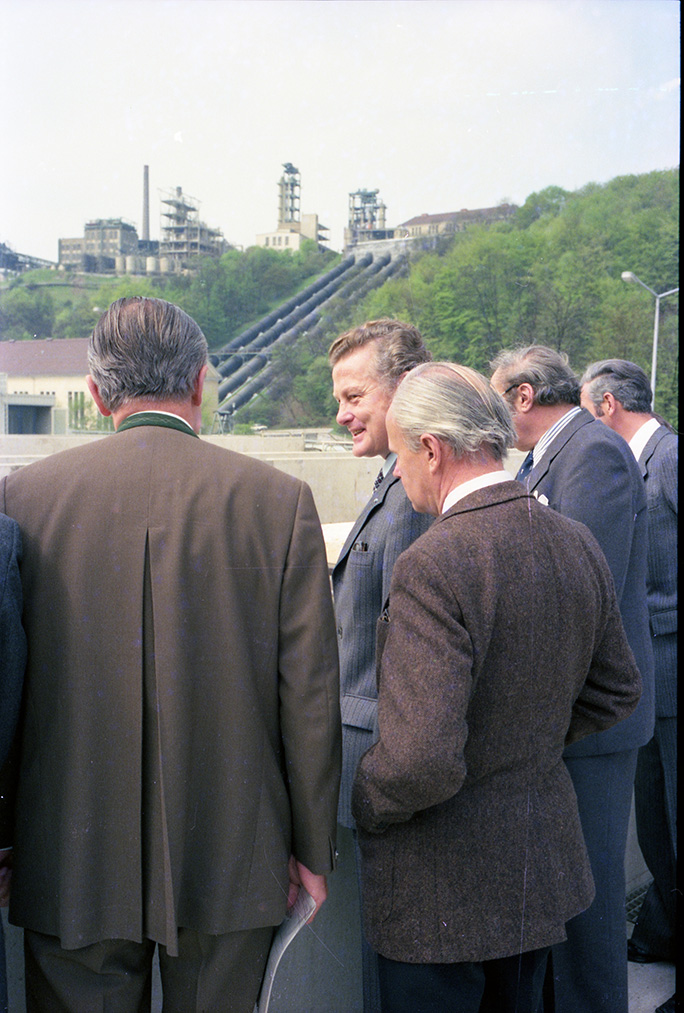
In the early 1970s, various new laws came into force that included the more detailed regulation of industrial companies’ environmental-protection activities. The German Water Management Act, the Federal Immission Control Act and the German Waste Act required the appointment of a company officer so as to monitor water/air pollution and waste.
The new legal basis made it necessary to pool resources – the birth of the Burghausen plant’s environmental protection department. On July 1, 1974, departmental head Dr. Ignaz Bauer and his 21 employees started work in what was then known as Department K. The plant’s existing environmental-protection facilities had previously been spread across different departments, but Bauer combined them into his new department. These facilities included wastewater-treatment, residue-incineration and landfill operations. The structure of the environmental-protection department is based on the three media of air, water and waste.
With the introduction of an environmental department in 1974, WACKER took on a clearly pioneering role in terms of formalizing environmental protection. After all, this department was established long before the establishment of the German Environment Ministry or environmental departments in German towns and cities.
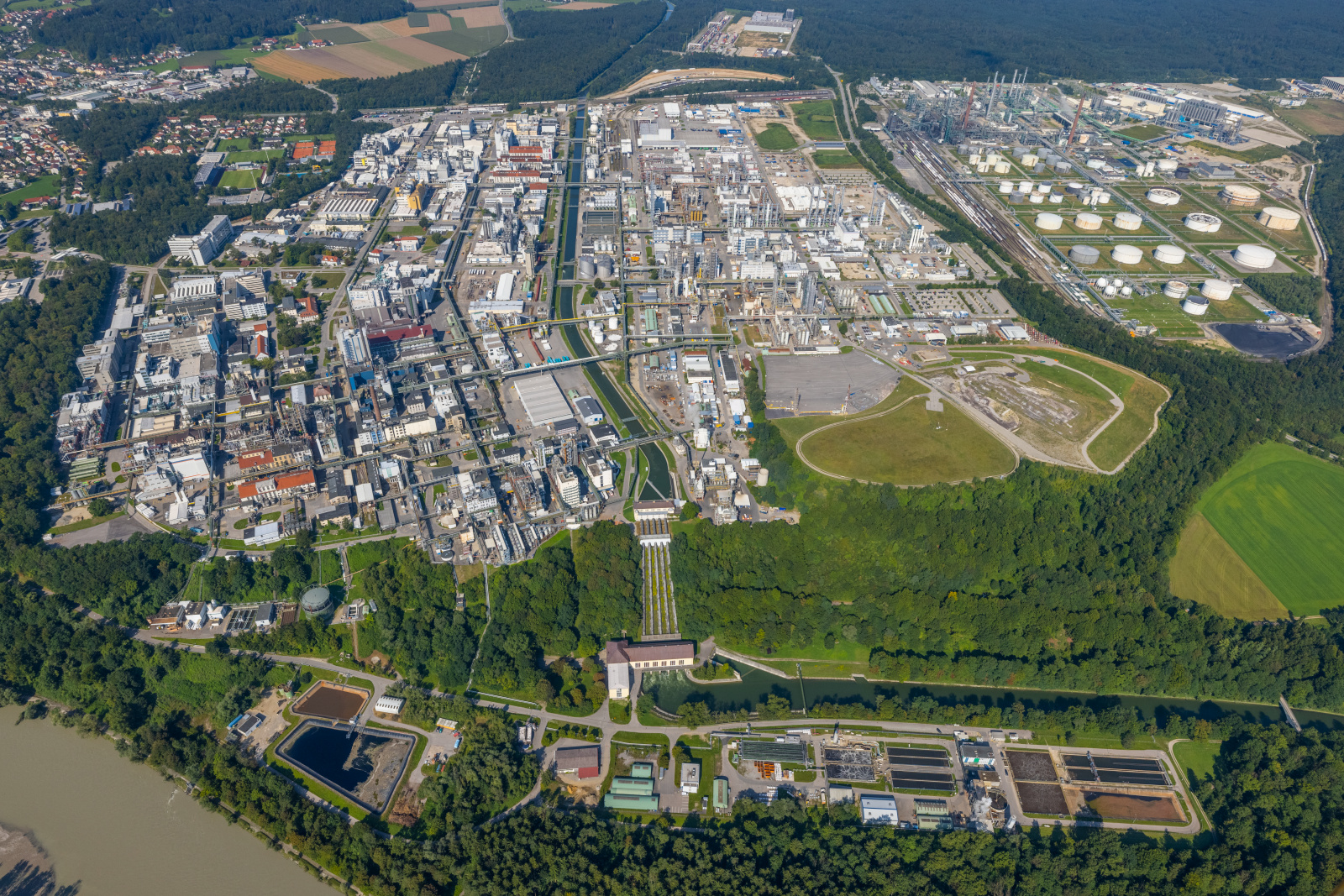
In the 1980s, environmental protection was increasingly understood as a value in society, which was reflected in German politics, for instance, by the formation of the Green Party. In the 1990s, the role of environmental protection began to be understood as an integral part of chemical production beyond the mere cleaning of flue gases and wastewater. Rather, continuous improvement processes were seen as the task of systematic environmental management. WACKER underwent major changes during this period, too: in 1996, Dr. Ignaz Bauer, who was also known internally as the “Environmental Czar,” retired after 22 years as head of the environmental protection department.
His successors reorganized the department to reflect the fact that environmental protection didn’t just address individual types of media. It became clear that the tasks of air-pollution control, water-pollution control and waste disposal could not be considered in isolation from one another. New tasks were integrated and cooperation with the authorities was intensified. It was as early as 1995 that WACKER joined the first environmental pact between the Bavarian government and Bavarian industry. It was also a co-founder of this long-term alliance for constructive cooperation in environmental protection.
At the turn of the millennium, WACKER became ever more international in outlook. A start was made on thinking about environmental protection across the Group and developing standards for the various production sites. A standardized strategy for the fields of environment, health and safety has been in place since 2010. Right from the start, Group coordination was based in Burghausen.
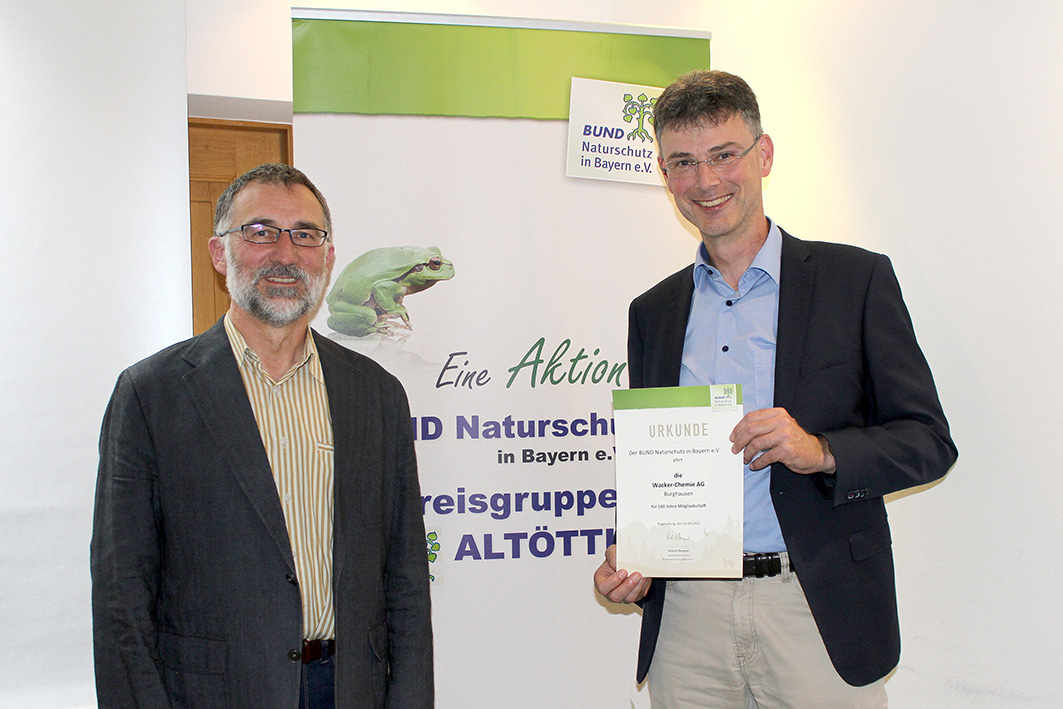
Dr. Andreas Moser, who has headed WACKER’s environmental department since 2014, explains the strategic goals that characterize environmental protection at the company: "The top priority is the legally compliant operation of our facilities. The requirements under environmental law are met using modern technologies. As regulatory requirements become ever more stringent, this always means refining existing environmental-protection mechanisms and production processes. Another task is to identify and avoid environmental risks. WACKER attaches importance to thorough analyses and evaluations of potential environmental impacts and uses a constant stream of new findings to further enhance environmental-protection levels with tailored preventive measures. Our aim is to achieve continuous improvement in environmental protection. This is achieved primarily by constantly optimizing our processes.”
Moser cites a program in the SILICONES division as an example:
“New methods of separation are now being used to retain additional substances and, in some cases, feed them back into existing processes. This results in significantly lower substance inputs as regards flue gas and wastewater. But this, of course, involves considerable technical spending and is often an additional cost factor for production. This illustrates the fundamental balancing act that we face in environmental protection: implement environmental law, minimize environmental impact and yet still remain economical.”
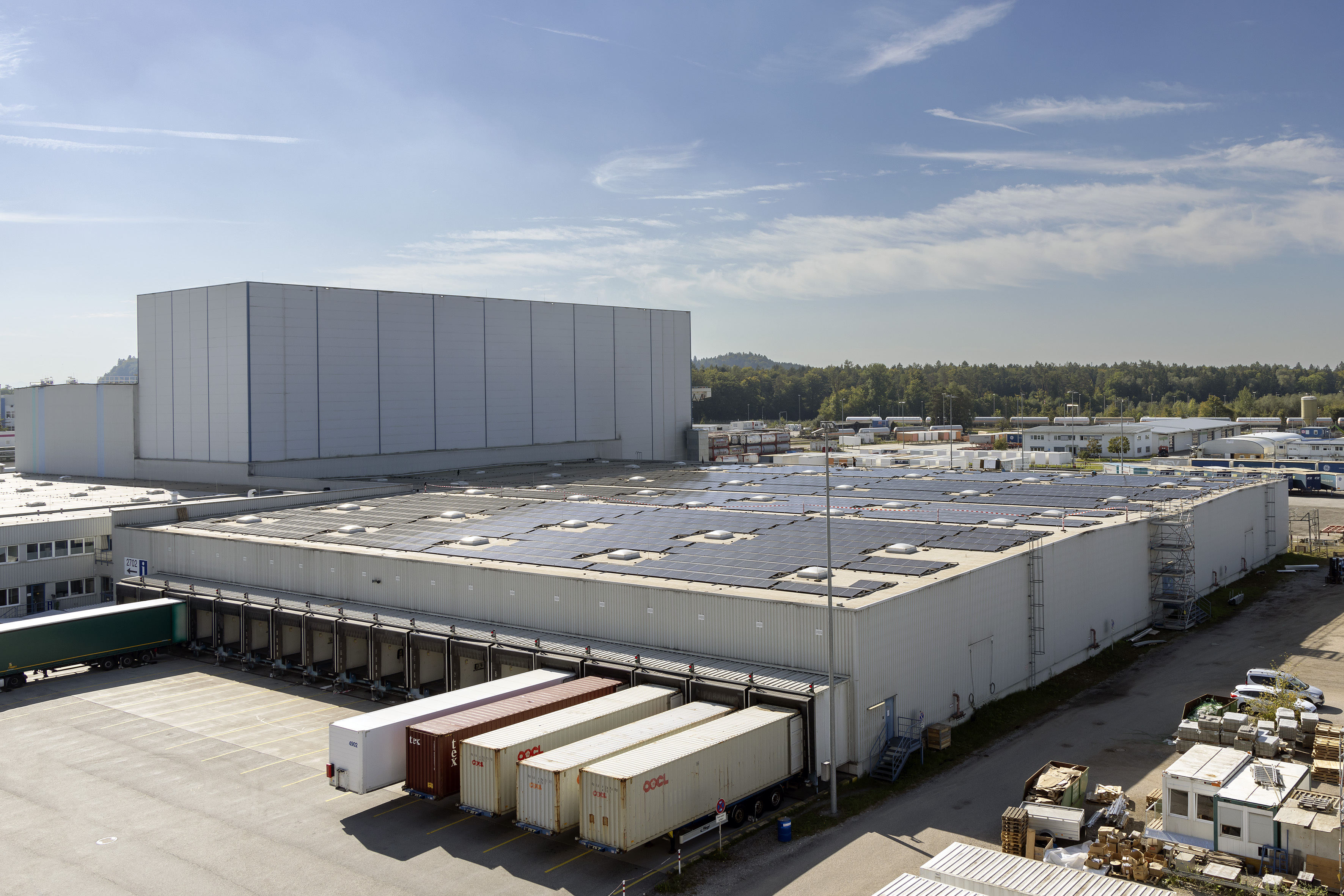
Moser added that in general, the work of the environmental-protection department had changed increasingly in the decades since it was first founded: “It all started with the safe and environmentally compatible disposal of wastewater and waste – this still applies today, as can be seen from the current investments in our wastewater-treatment operations, for example. Yet our work also has a lot to do with official approvals, known as licensing. This involves carrying out preliminary inspections for planned changes to a facility and submitting corresponding applications for approval to the authorities.
Another important task is environmental monitoring. We carry out noise measurements, check wastewater and keep an eye on the emissions from the facilities. After all, our clear mission is to always ensure that nothing detrimental affects the local community or the environment. This is because it doesn’t matter whether we’re talking about a production plant or a waste-disposal facility: everything must comply with the law and ensure there is no negative impact on the environment.”
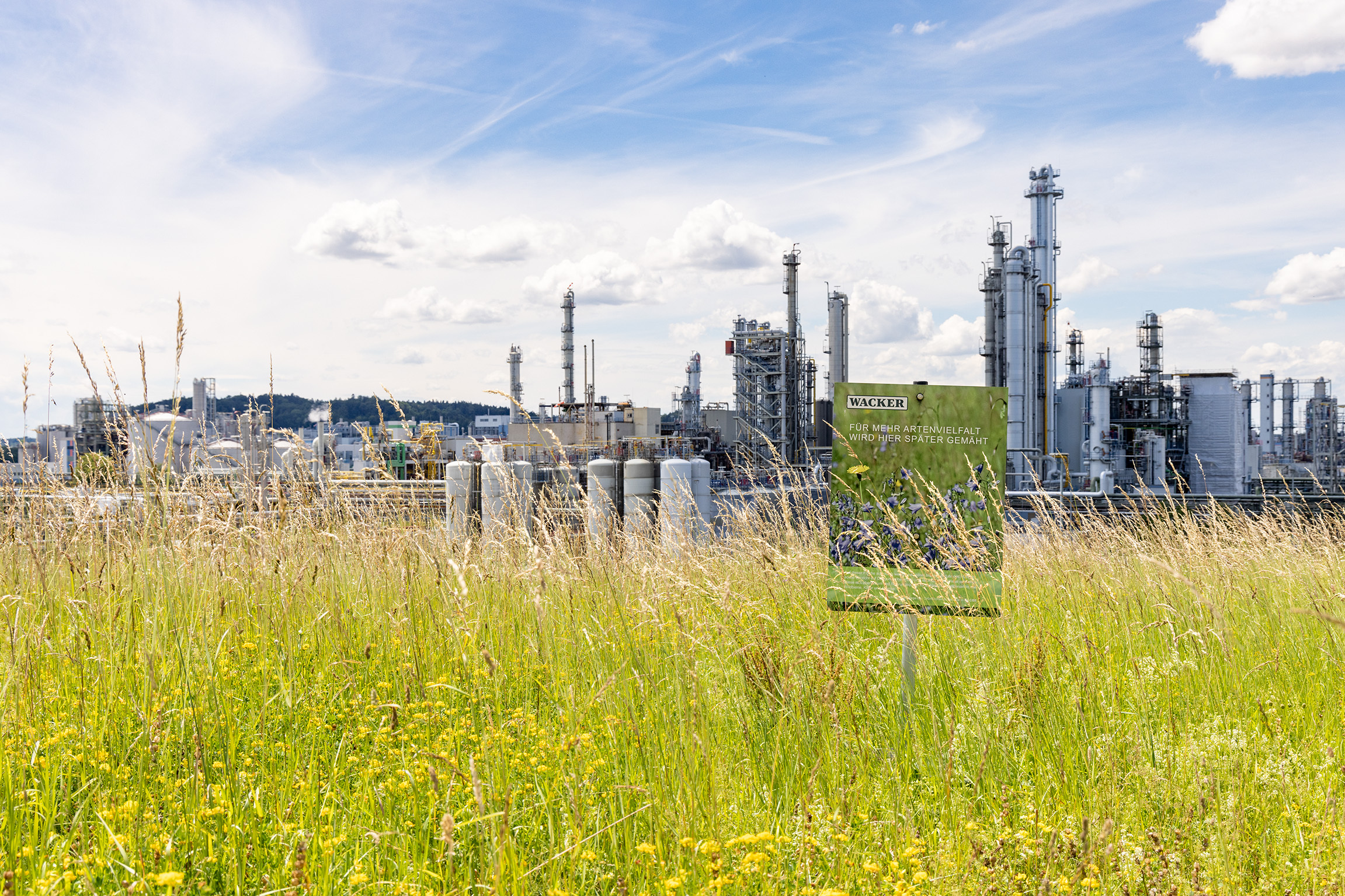
What has been achieved in the last 50 years? “We are in an overall better position than ever before. We are well below the required limits. All the same, we never stop striving to be better and invest in sophisticated projects,” explains Moser, underscoring the successful work of the environmental department.
Current political developments in particular will affect the future work of his team: “The EU Parliament’s recent decisions on the ‘Green Deal’ are currently being incorporated into German law. Requirements will become stricter and critical limits even lower,” says Moser, adding: “But we are used to that from our work in environmental protection: even if you’ve reached a certain level, it’s not the end. We are always trying things out, always on the path of continuous improvement.” This likewise characterizes the latest phase of environmental-protection work, which supports WACKER’s sustainability strategy.
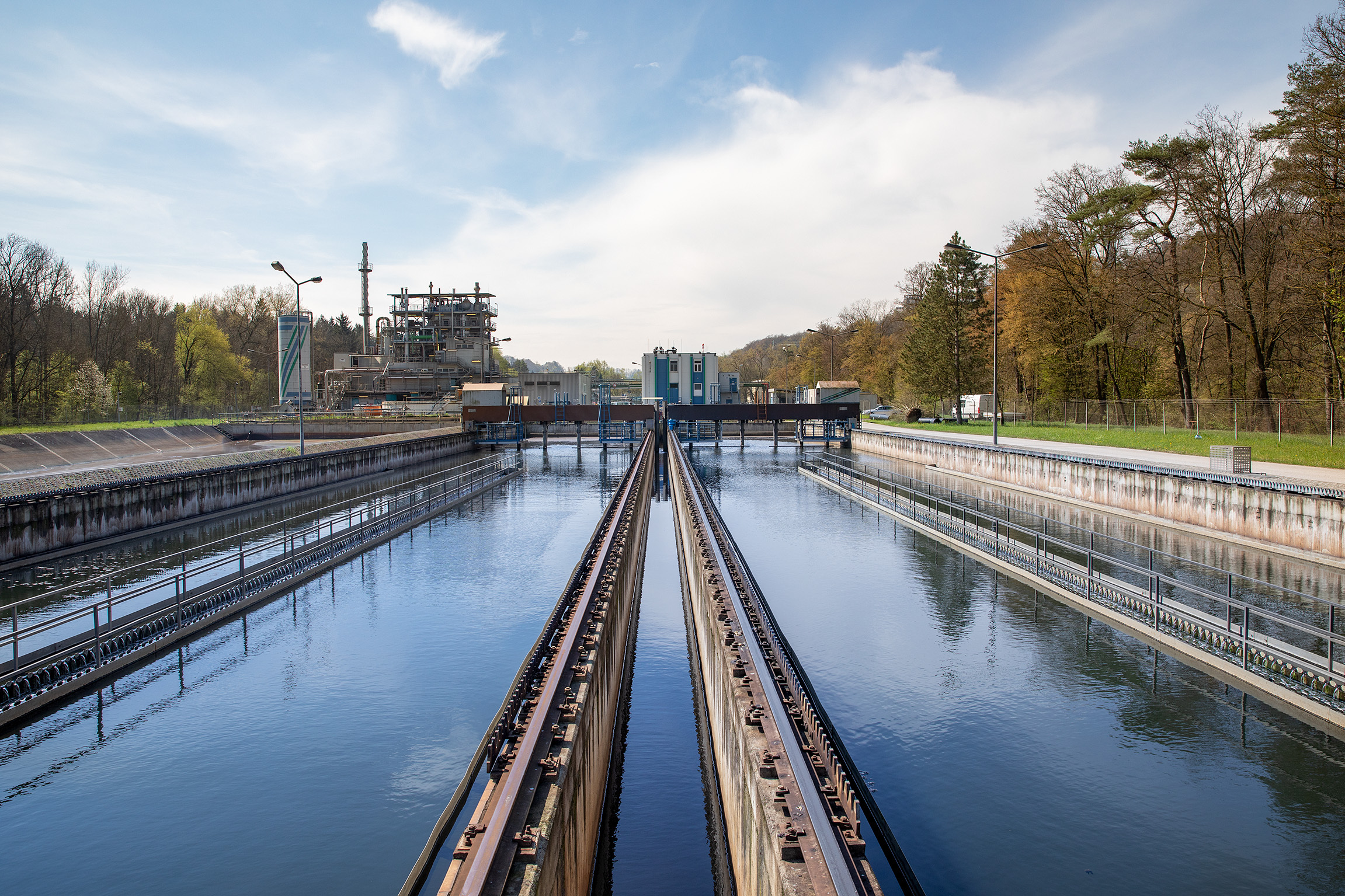
The company has set itself ambitious targets: first, the Group’s production base should be absolutely net zero by 2045 at the latest – second, the plan is to halve absolute CO2 emissions by 2030 compared to 2020. Projects are currently underway at many levels to meet the target of achieving net zero. These include not only efficiency measures, but also approaches to transforming the energy supply – one of the main sources of CO2 at the Burghausen site. WACKER has just signed a supply contract for hydropower with Austria’s Verbund AG. In addition, PV systems are being installed at the site on a relatively large scale. There are also ideas for replacing the CCGT power station – the most important energy-supply facility at the site – with something that offers a net zero carbon footprint and is thus environmentally compatible.
WACKER’s environmental department intends to continue its success story in the next few decades. This will mainly be made possible by the dedicated team that Andreas Moser has at his side: “Our employees have very in-depth expertise and are a greatly appreciated link between the site’s various facilities and the authorities. What’s even more important, however, is their high level of commitment and their daily dedication to our goal of ensuring that this large chemical plant’s production lines are compatible with the environment and the local community, and that they can continue to operate successfully. In doing so, we are making a significant contribution to the future of our site.”
Contact

Wacker Chemie AG
Burghausen Site, Site Communication
Simone Allgeier
Telefon +49 8677 83-87461
Send Message
Download
Press Information
(PDF | 814 KB)
